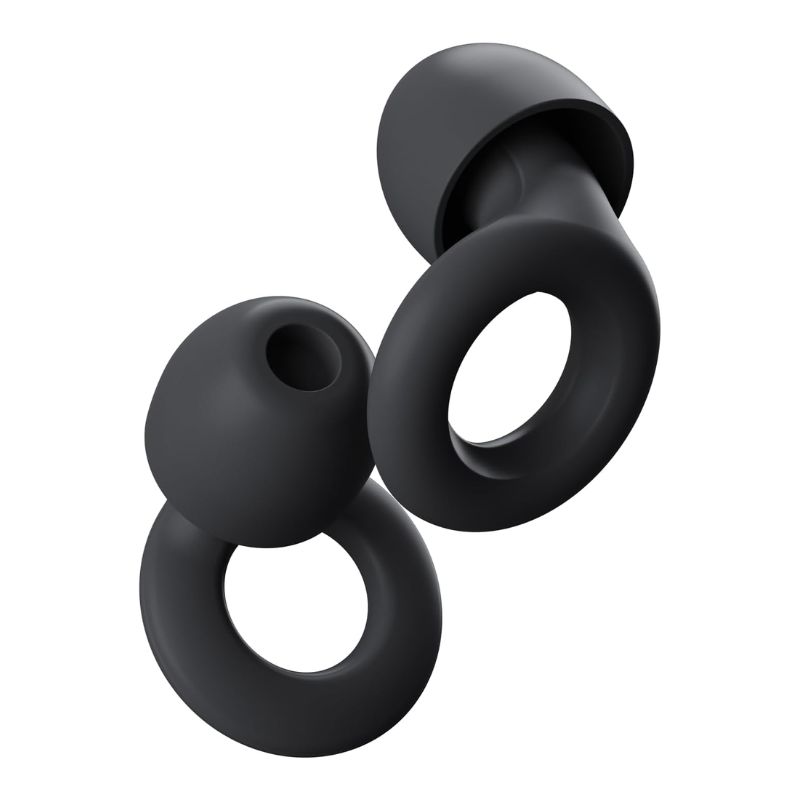Struggle to sleep in summer? This simple hack can help you get the rest you need
Learning how to nap the right way could be the key to better sleep this season. Here, three leading sleep specialists explain how
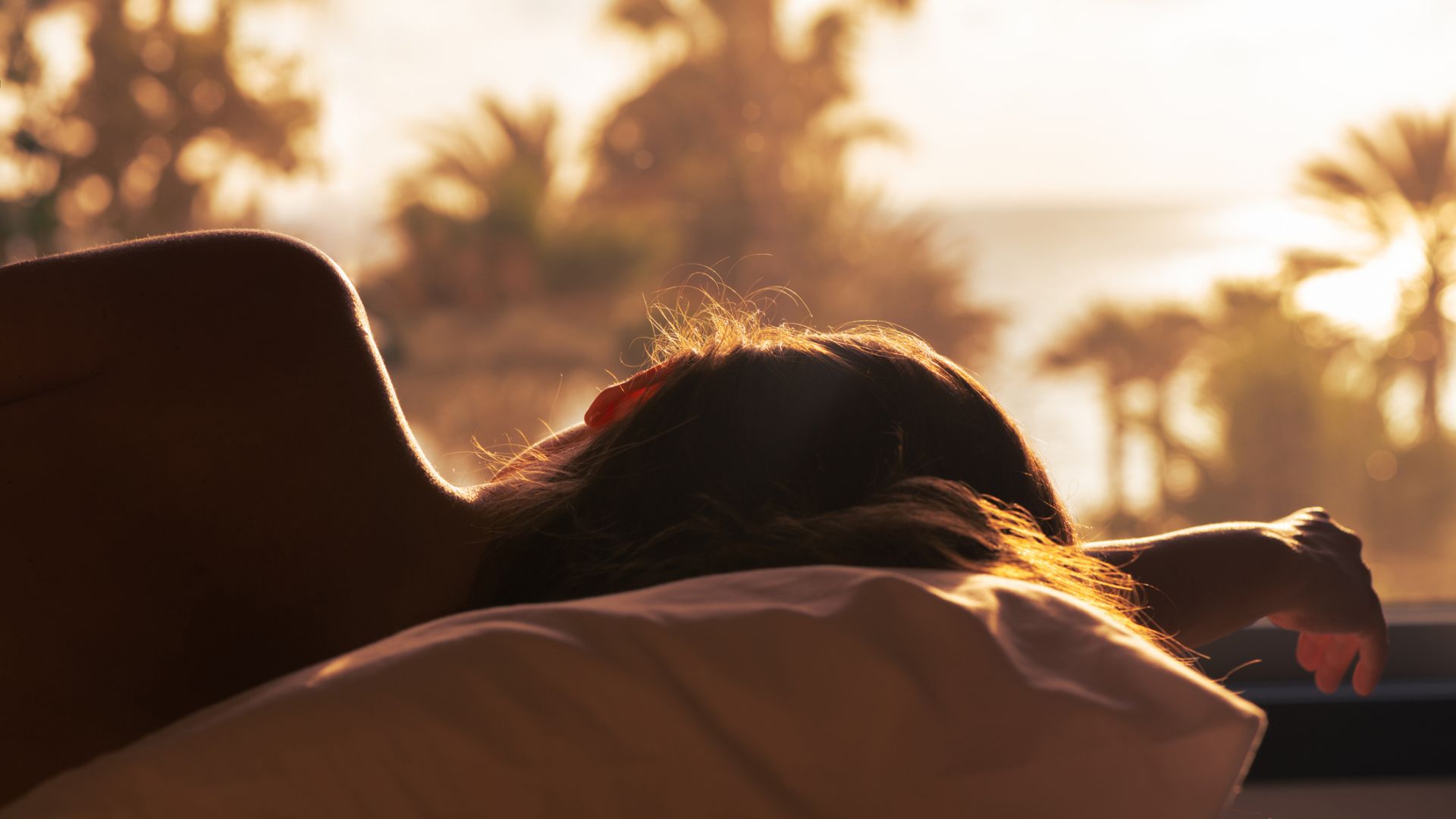
Grace Walsh
You don’t have to be in a sunny climate to enjoy a siesta - in fact, learning how to nap and having a well-timed snooze during the day in the summer could be the key to sleeping better this season.
Although you may feel ‘lazy’ going for a snooze in the afternoon - especially if you've got work to do - it can re-energise, solve problems and boost productivity. During the summer months when so many of us are struggling with how to sleep in the heat during the night, it can help you reach your rest quota.
"In the summer, longer daylight hours and warmer temperatures can disrupt nighttime sleep, making it difficult to get the recommended seven to nine hours. Napping provides an opportunity to make up for this lost sleep, helping to ensure you still get adequate rest," says Sammy Margo, a sleep specialist and chartered physiotherapist who works with Dreams.
Giving our brains a short break during the day can be healthy - if you do it right. Here's what happens when you nap and how to change your sleep schedule for the better this season.
Why napping is the secret to better sleep this summer
1. You'll feel less frazzled
Summer is a particularly unique time of year. We seem busier than ever, whether it's work or family arrangements, and the combination of increased socialising and warmer weather can make it hard to feel relaxed - especially if you're not getting enough sleep.
"Summer often changes daily routines, such as holidays or outdoor activities, which can further disrupt regular sleep patterns. Napping offers a flexible way to adapt to these changes, ensuring you can maintain your energy levels and overall wellbeing despite disruptions to your usual sleep schedule," says Margo. And who knows, it may even help you learn how to sleep better in the long term too.
With most of us also having smartphones, it can be even harder to step away from commitments, messages, social media and news updates, even when we’re meant to relax. "We’re living in a time when our brains are bombarded with information and it can leave us stressed out," says Dr Rachel Taylor, a sleep and brain function specialist.
Sign up for the woman&home newsletter
Sign up to our free daily email for the latest royal and entertainment news, interesting opinion, expert advice on styling and beauty trends, and no-nonsense guides to the health and wellness questions you want answered.
"A nap allows us to switch off from all that data, stops us from feeling overwhelmed and gives our brain a reset – which can leave us more able to manage the rest of the day."
2. It will improve your memory
Feeling forgetful in the heat? A siesta can help utilise our short-term memory store, consolidate learning and help us to solve problems, says Dr Taylor. "During a nap your brain makes sense of your experiences, meaning that you can wake up with more clarity and be more productive."
No wonder some companies have installed dedicated spaces to encourage their employees to have a daytime doze.
3. You'll feel more energised
It's natural to feel more tired in the heat. "High temperatures can lead to increased fatigue and decreased energy levels," says Margo. "A short nap can help to counteract this by giving your body a break and allowing it to recharge, making it easier to stay active and alert during the hotter parts of the day."
A ‘power nap’ can be a brilliant way to restore depleted energy levels, but you don’t have to nod off to feel invigorated. "If you find it hard to nap, try practising 'no sleep, deep rest'," says Dr Taylor. "Just five minutes of shutting your eyes and doing absolutely nothing can be enough to give your mind and body a reboot."
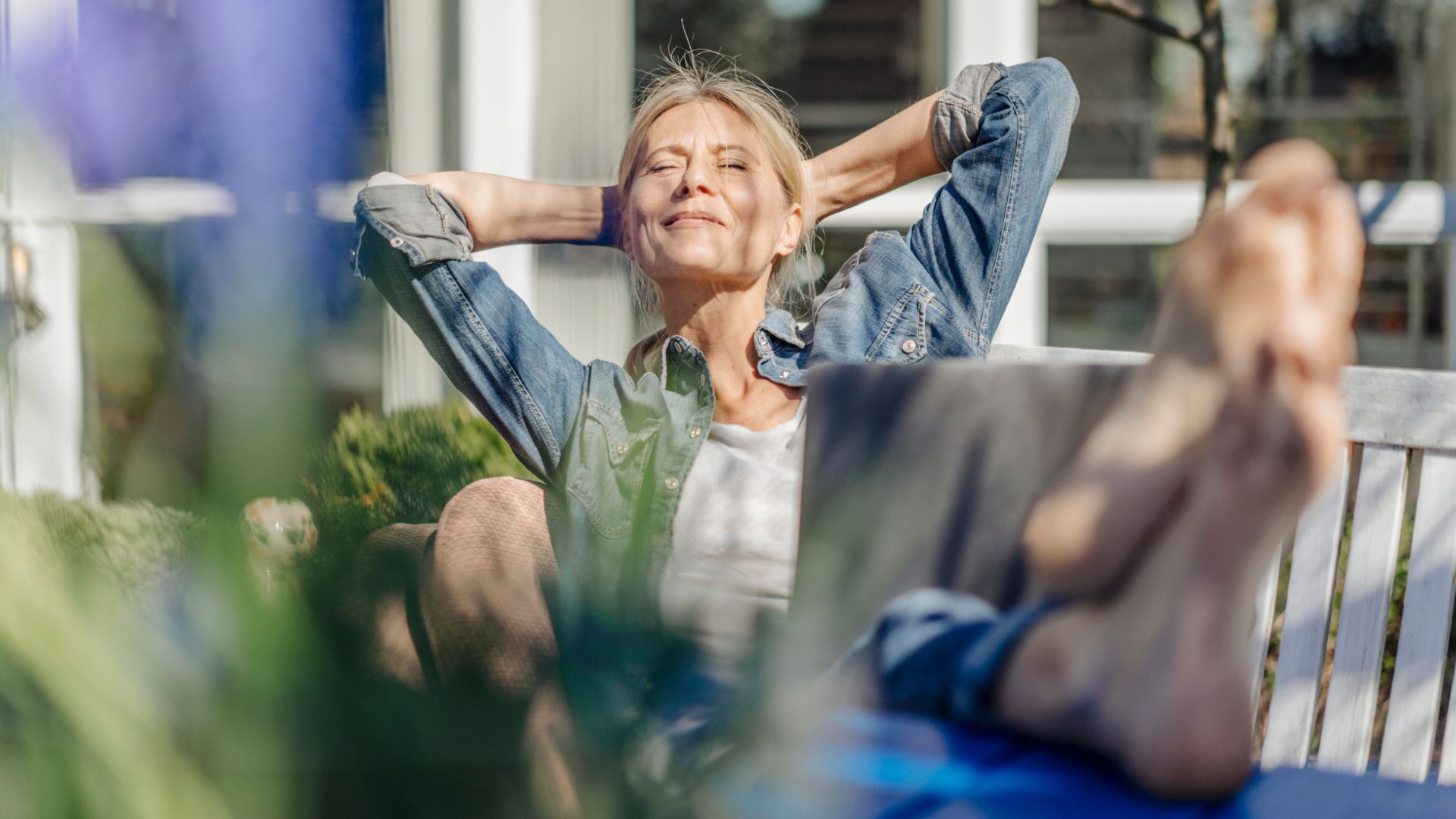
4. It can make you feel happier
Allowing your brain a bit of time out, and letting your muscles relax, is likely to help with your mental wellbeing. "Let go of any guilt associated with a siesta and think of it as something that’s working with your body to make you sharper and more alert," says Dr Taylor.
"Sleep is multi-dimensional. It extends beyond mere quality and quantity. Factors such as duration, regularity, timing, and satisfaction contribute to overall sleep health," says Dr Luke Gupta, a sleep specialist and performance innovation expert working with athletes at the upcoming Olympics. "So avoid prioritising one over the other - sleeping well for three hours doesn't necessarily mean healthy sleep, nor does sleeping for 10 hours if you wake up feeling unrefreshed."
"Embracing its multi-dimensional nature offers a broader understanding, empowering effective self-management of sleep, especially during challenging times."
How to nap
1. Choose the right time
Generally, the ideal time for a nap is between 1pm and 3pm. "This period aligns with your body's natural circadian rhythms, which typically cause a post-lunch dip in energy and alertness," says Margo.
"Napping during this window helps to maximise the restorative benefits of a nap without interfering with your nighttime sleep," she says. You may also be able to fall asleep faster at this time than others, thanks to that post-lunch energy dip.
"Napping too late in the day can make it difficult to fall asleep at your regular bedtime, leading to disrupted sleep patterns."
2. Time your nap carefully
When setting your alarm, aim for 20 to 30 minutes of nap time. "This short length allows you to enter the lighter stages of sleep, which can improve alertness and performance without causing grogginess and disorientation you might feel if you wake up from a deeper stage of sleep," says Margo.
Where possible, avoid drifting off accidentally. "Longer naps can lead to deeper sleep stages, which might make you feel more tired upon waking and can interfere with your nighttime sleep quality," she says.
3. Take a look at your sleep environment
Having good sleep hygiene means having a sleep environment that works for you. The ideal temperature for sleep is around 15-19°C, says Margo. "This helps your body relax and fall asleep easily."
Our 'perfect' sleep environment is personal, notes Dr Gupta, also working with Dreams, the official sleep partner for Team GB and ParalympicsGB. This makes it difficult to recommend one type of space over another - but there are a few essentials you can make sure you have to stand a good chance of falling asleep comfortable.
"Assess your sleep space for familiarity, calmness, comfort, safety, lighting, noise control, and temperature regulation. Tailoring your sleep environment to your needs is key for ensuring a restful night's sleep," says Dr Gupta, who is also working with Dreams, the official sleep partner for Team GB and ParalympicsGB.
Margo agrees. "This means creating a quiet, dark, and cool space. Use blackout curtains, an eye mask, or earplugs to block out light and noise," she says.
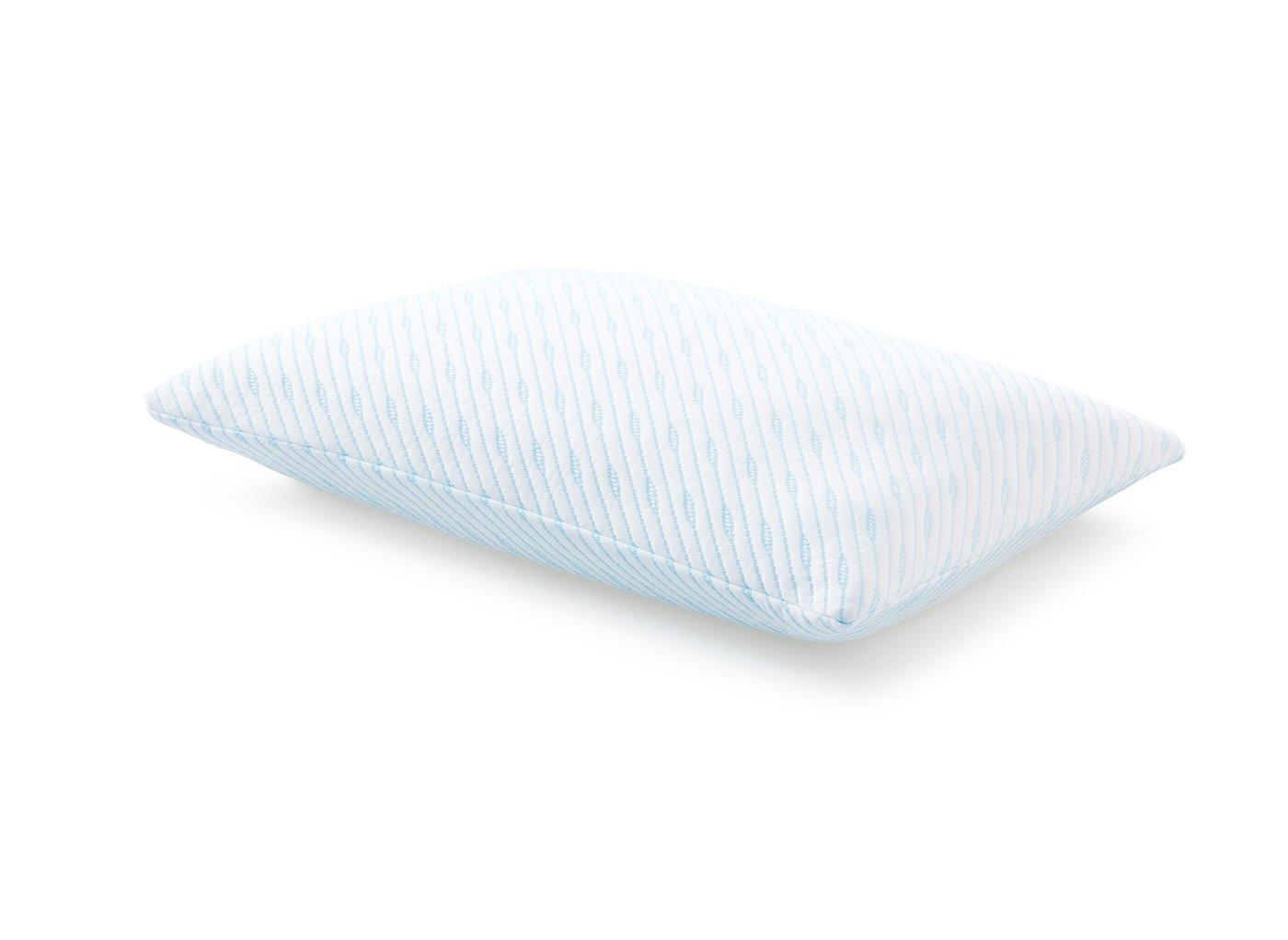
Dreams pillows sit among the best pillows overall - and for good reason. This cooling pillow in the TEMPUR range, for example, combines unique support for all sleeping positions with materials that offer an instant cooling effect when you lay your head down. Perfect for those warmer summer nights!
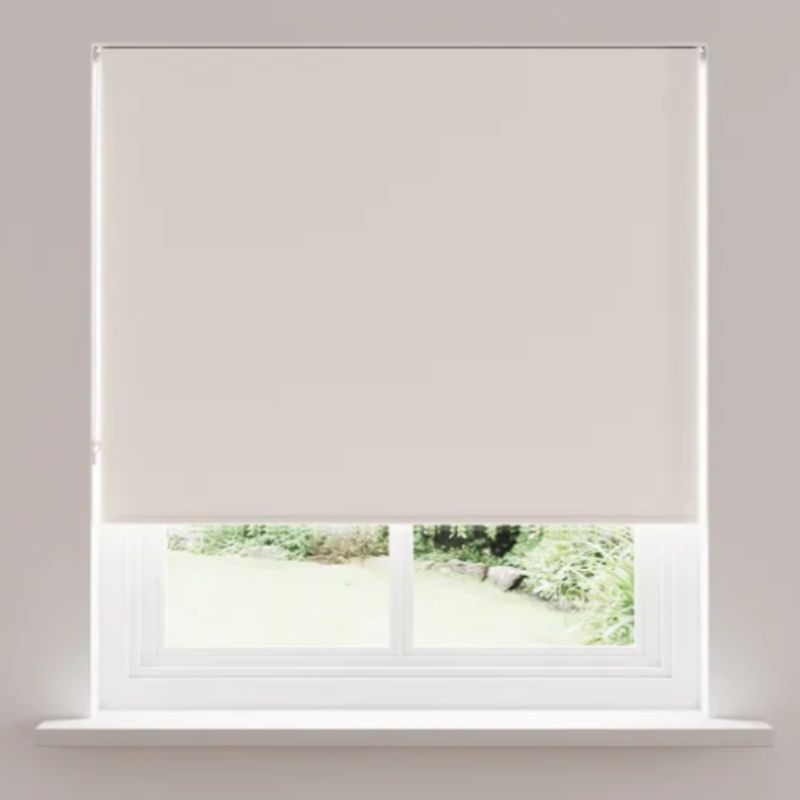
A blackout blind serves a dual purpose in the summer: it helps prevent unwanted external light from entering into your bedroom and can help your bedroom stay cooler by keeping the sun's rays away. This set from Dunelm starts from £8 and comes in multiple colours to suit your decor.
Another nap hack the experts suggest might sound a little counterintuitive - but before you close your eyes for a catnap, have an espresso (but only if you’re OK with caffeine). The body takes about 20-40 minutes to process caffeine, which means you should wake after the optimum time for a power nap.
With over two decades of magazine and digital experience, Samantha has extensive knowledge of writing about menopause, Minecraft - and pretty much everything in between. With roots in pop culture and celebrity journalism, she has interviewed top talent and written features for a wide range of outlets including ELLE, The Guardian, Stylist, Grazia, The Sun’s Fabulous, Psychologies and, more recently, woman&home.
- Grace WalshHealth Channel Editor
-
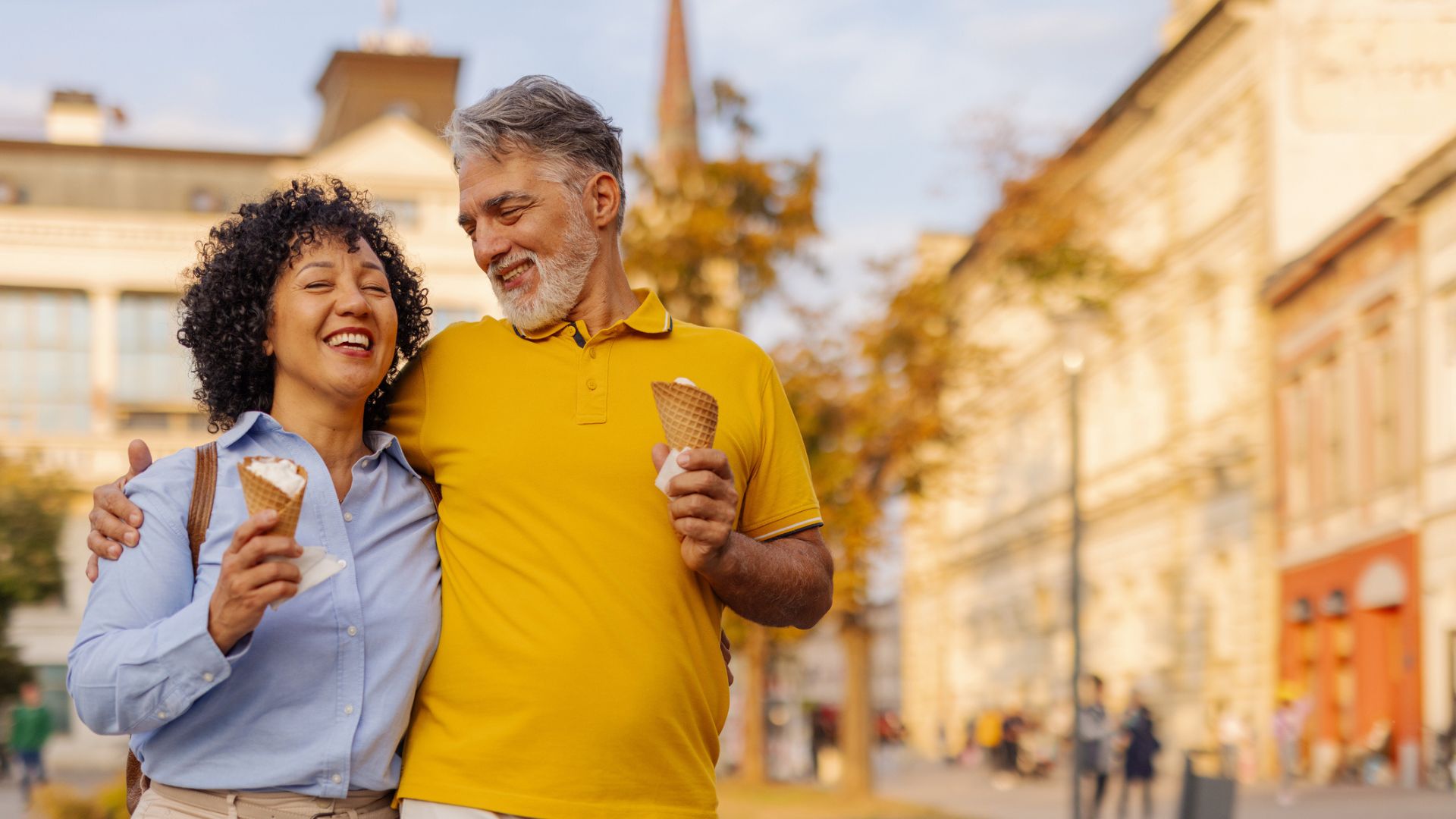 Unforgettable date ideas to make a great first impression or rekindle romance
Unforgettable date ideas to make a great first impression or rekindle romanceForget the same old first date formula - these unforgettable date ideas will leave them thinking about you long after you go home
By Natalie Denton Published
-
 Butter yellow might be the colour of the season, but Amal Clooney is making me want to try sunshine shades
Butter yellow might be the colour of the season, but Amal Clooney is making me want to try sunshine shadesSpark some joy by adding some statement yellow pieces to your wardrobe just in time for summer
By Matilda Stanley Published
